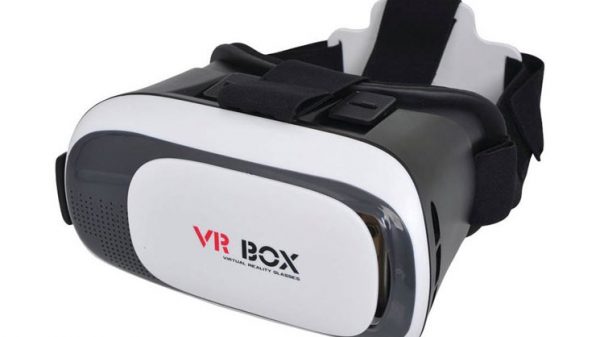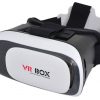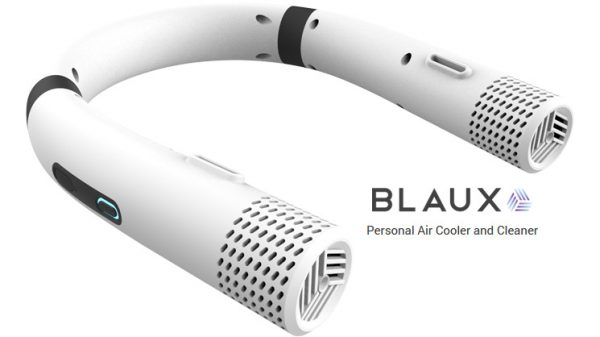What’s the Difference?
Today, modern technology has given us new ways to do normal everyday tasks.
Two of the leading fields are in assistive technology and adaptive technology. But what’s the difference between the two? And how can both types of technologies help make your everyday life easier?
What is Assistive Technology?
Assistive technology is an umbrella term that is often confused with adaptive technology. Many people use the term adaptive technology as a synonym for assistive technology. In fact, the two types of technologies are significantly different.
Assistive technology is defined as being any item, piece of equipment, or product system used to increase, maintain, or improve functional capacities of individuals with disabilities.
What is Adaptive Technology?
Adaptive technology, on the other hand, is defined as any object or system that is specifically designed for the purpose of increasing or maintaining the capabilities of people with disabilities. Adaptive technology would seldom be used by non-disabled people.
Confusing things further is that adaptive technology is a subset of assistive technology.
In everyday use, adaptive technology often refers to electronic and IT-related systems – like systems that help blind or deaf individuals use a computer.
Assistive Technology Versus Adaptive Technology
Based on the above descriptions, assistive and adaptive technologies do virtually identical things. So what’s the difference between the two?
Here’s how Virginia Commonwealth University describes the difference:
“Adaptive technologies refer to special versions of already existing technologies or tools, usually used by people with disabilities such as limitations to vision, hearing, and mobility. For example, in the early 1900s, FDR used a special car with hand controls because he was paralyzed from polio (an interesting vehicle-look it up!). Assistive technology is a broader term encompassing any light-, mid-, or high-tech tool or device that helps people with disabilities perform a tasks with greater ease and/or independence.”
In other words, adaptive technology works as an “add-on” for an existing technology that helps disabled individuals access that technology. This is different from assistive technology simply because it’s more specific in scope (assistive technology is more of an all-encompassing term).
Examples of Adaptive Technology
— Screen magnifiers
— Adapted keyboards (like keyboards that have larger keys with wider spaces in between to facilitate the visually impaired)
— Telephone typewriters
— Handheld amplifiers
— Screen reader software
— Digital Talking Book (DTB) players
— Closed captioning programming
For a list of more adaptive technologies, check out this list from the DC Public Library, which lists all of the adaptive technologies available to access the library.
Examples of Assistive Technology
The systems below aren’t being used to help the disabled person use an existing piece of technology. Thus, they’re more accurately classified as assistive technologies:
— Hearing aids
— Ramps, automatic door openers, grab bars, wider doorways, and other systems found in buildings
— Wheelchairs
— Prosthetic devices
Ultimately, there are thousands of assistive technology devices in the world today. The US Department of Health and Human Services publishes a good list of major assistive devices here.
Other Examples of Assistive and Adaptive Technology
Since assistive technology is a more “catch-all” term, all of the technologies listed below can be classified as either assistive or adaptive technology.
— Text telephones
— Large print books and newspapers
— Braille
— Speech recognition software
— The “curb cuts” on sidewalks that allow those in wheelchairs to easily enter and exit the sidewalk
Ultimately, both assistive and adaptive technology promote greater independence by enabling individuals to perform tasks they were previously unable to perform – or had great difficulty performing – by providing enhancements to, or changing methods of interacting with, the technology needed to accomplish such tasks.










